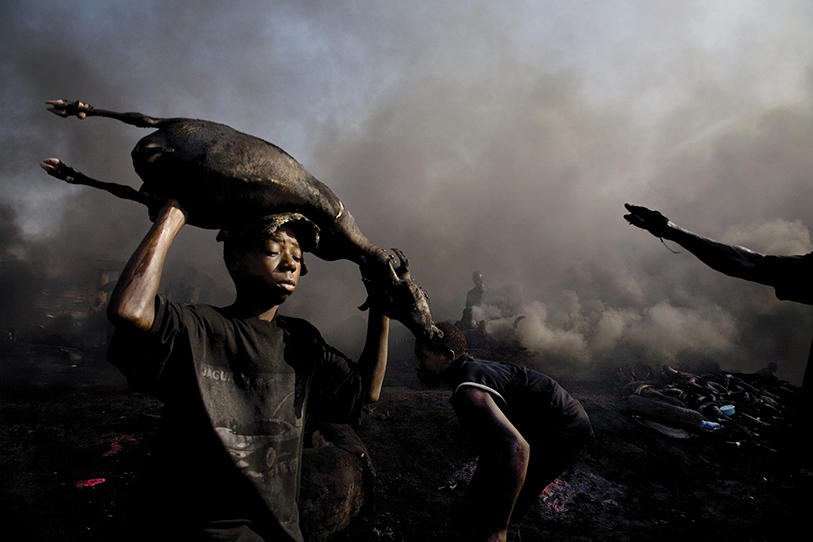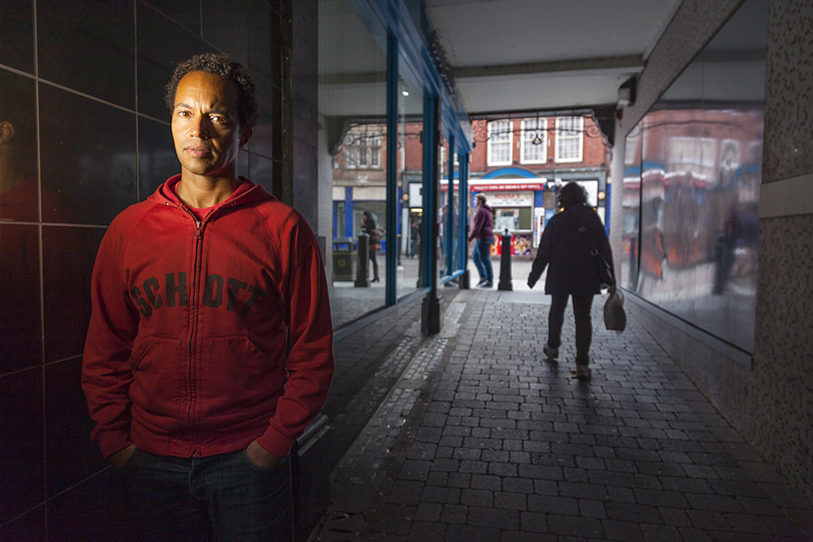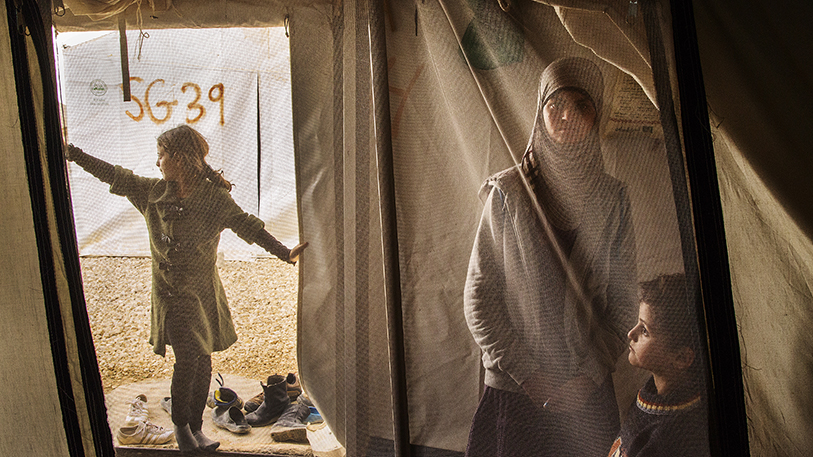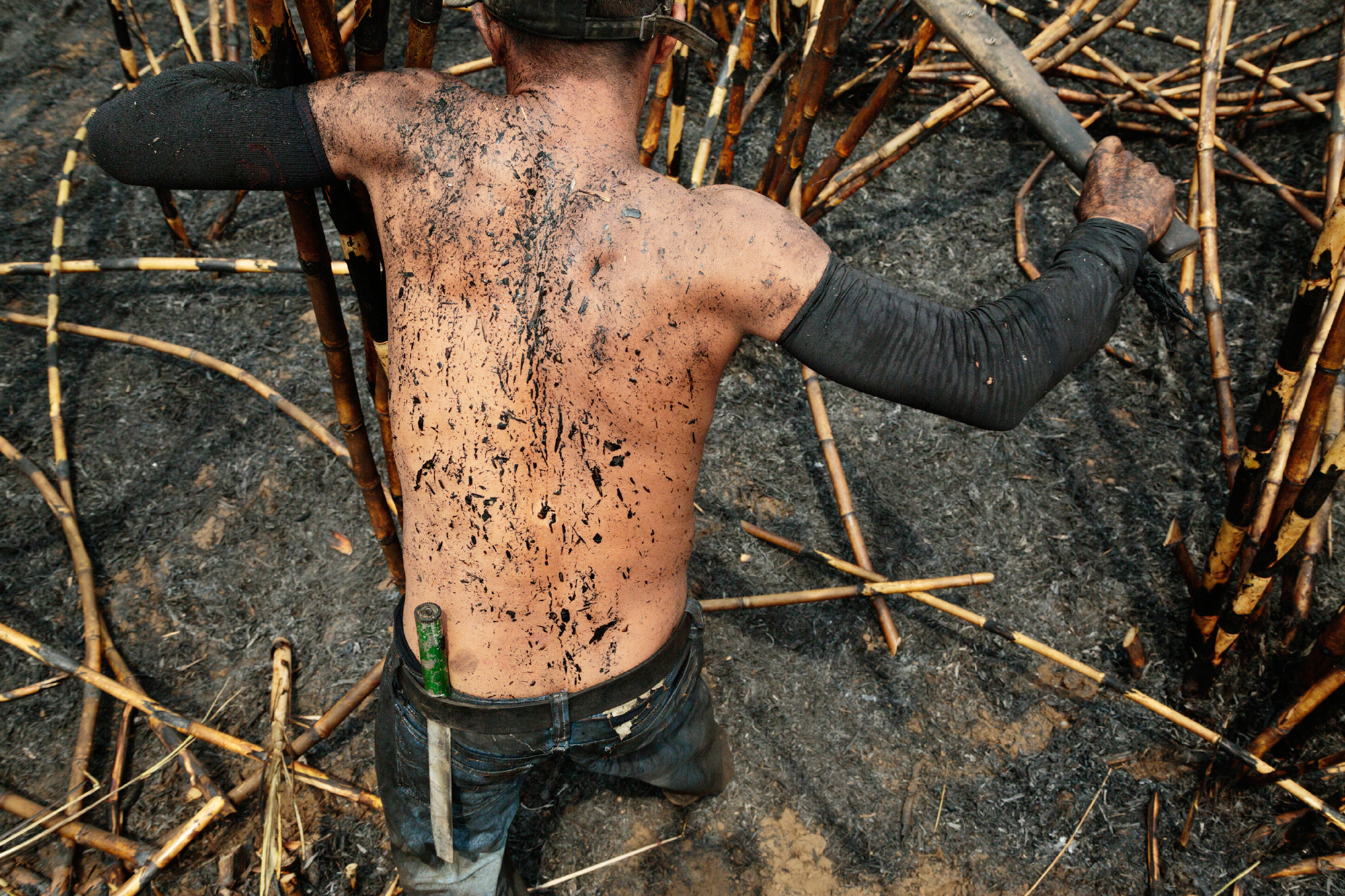Introduction
I have always been intrigued by storytelling through images. I personally try to have each one of my images tell a story and I tend to gravitate to photographers that are masters at storytelling through their images.
Because of my style and because of the type of photography I practice, I find myself around photographers that try to tell a story through a single image.
However, there is a completely different approach in which the photographer tries to tell the story with groups of images. Ed Kashi is such a photographer and I thought it would be interesting to explore and feature some of his work in our publication.
Ed considers himself a visual storyteller. He uses stills, films and integrated text in the tradition of photojournalism to tell his stories.
Among other things, Ed is a contributing photographer for National Geographic Magazine and has produced 17 features for National Geographic since 1991. His work is widely published around the world; his films are also presented around the world. He has a significant presence in the internet and social media. His Instagram feed currently has 235,000 followers.

Boy With Dead Goat, Niger Delta, Nigeria 2006
Ed Kashi’s Background
During our interview, Ed told me that he started as a writer and storyteller while attending college in New York. During his college years he was introduced to photography and he was hooked. He immediately realized that his medium for story telling would primarily be through groups of images.
He began with still photography, but over time he also started to make films. He currently works with a combination of his iPhone, 35 mm digital cameras and video.

British Policeman in Street Clothes, Leicester, UK 2012
Body of Work
Ed’s projects are years in the making. He picks topics that document the social and political issues that define our times. A sensitive eye and an intimate relationship to his subjects are signatures of his work.
Many of his projects take 3 years to complete, although he has been known to take as long as 8 years to complete a project. It takes massive amounts of planning, patience and perseverance to produce this type of work.
Ed does a lot of advocacy work and tries to bring unknown issues to light and/or feature known issues in a different light.
He focuses mostly on groups of people. Some of his most important projects include stories on:
- Irish Protestants
- Kurds
- Aging in America
- Iraq and other conflict areas
- Oil in Nigeria
- Racial profiling in Europe
- Kidney disease of sugar cane workers in South America
- Everyday climate change
He has published 7 books and received multiple international awards. Kashi’s latest book Photojournalisms, is a compilation of journal writings to his wife, done over a nearly 20-year period, from various locations around the world.
Needless to say, the quality of his work is excellent, highly relevant and extremely interesting.

Syrian Refugees, Al Zaatari Camp, Jordan 2013
Conclusion
I very much enjoyed getting to know Ed a little better. I admire not only his work, but also his unwavering dedication to the issues he is passionate about.
I hope the PhotoAesthetics community will take the time to find and explore Ed’s work. For more on Ed’s work, click here.






Your Thoughts